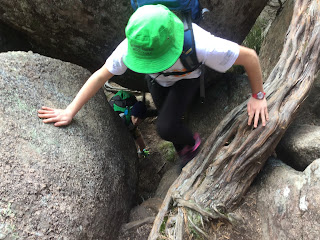So there’s a thing called productive pedagogies and it forms part of the quality teaching framework. Each one is important, but my favourite is under significance - connectedness to the world!
I still remember my high school days (although many years ago now), and sitting in maths wondering how I would ever use the stuff I was learning. I can honestly say that I have even used functions such as Cos, Tan and Sin in the real world. I would really have liked my teachers to show me the connectedness of what I was learning with contexts outside the classroom – maths would have been far more interesting!
So in this resource, Ask a Mathematician, problem solving has been put into a context in which learning could be applied in future careers. Not that all your students have career aspirations to be wildlife keepers at Wally’s Wildlife Park like Josie and Jack in the activity, but it does pose a real-life problem. Let’s hope when your students finish school and go to work that they don’t have a trickster boss like Wally!
And of course, it's a Project Nature-Ed resource, so there's nature mixed in with mainstream curriculum.
Some things about the critters in the problems that you will need to know:
- the sea stars referred to in this activity have five arms, and on the end of each arm is an eye (pretty cool!)
- snails have two eyes, one on each antennae, but not tail because they slide along on a big muscular foot
- sea snakes have no fins but do have a paddle-like tail to move along in water
- fish have two eyes, two fins and one tail (at least that one was easy)!




























